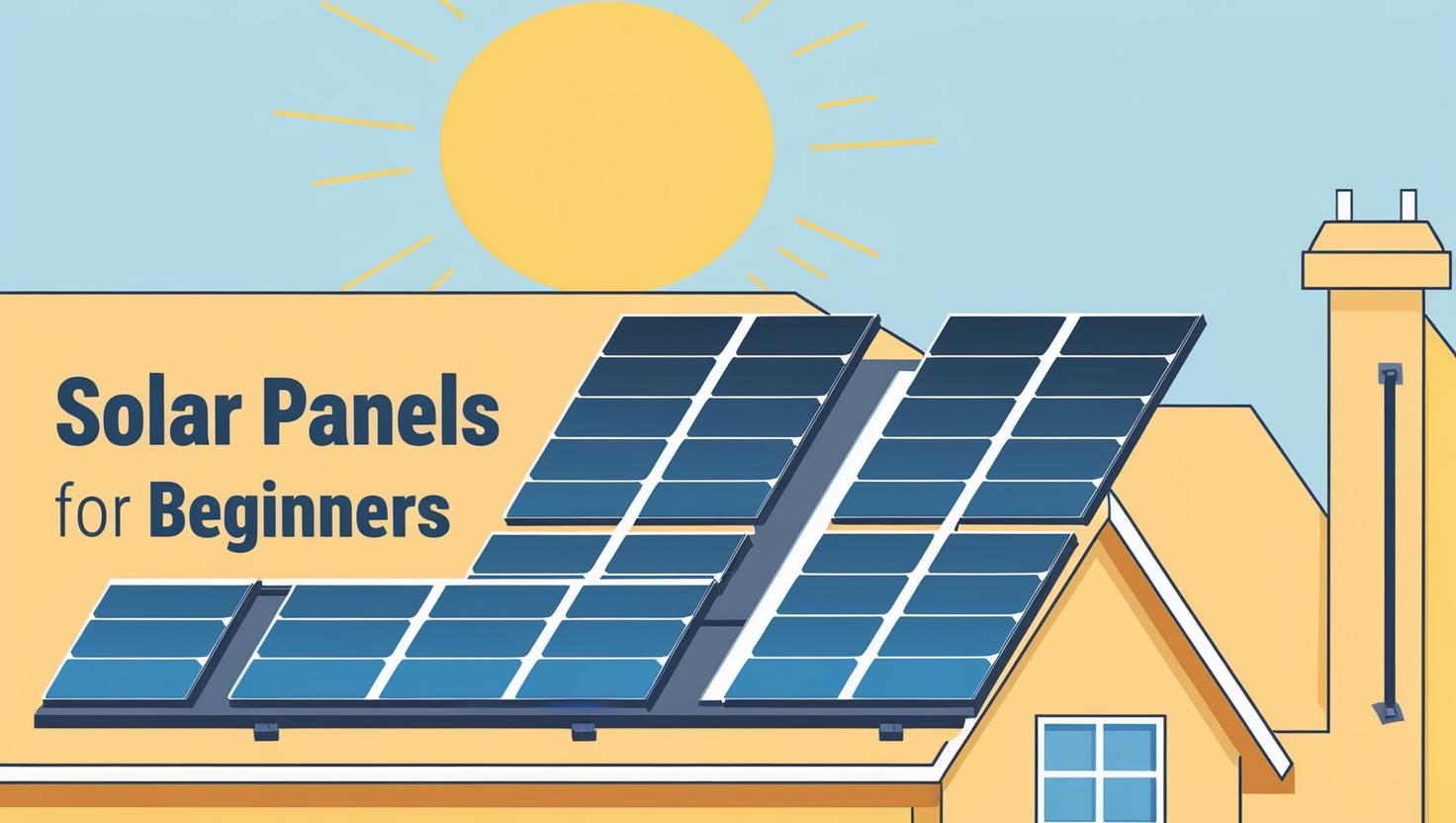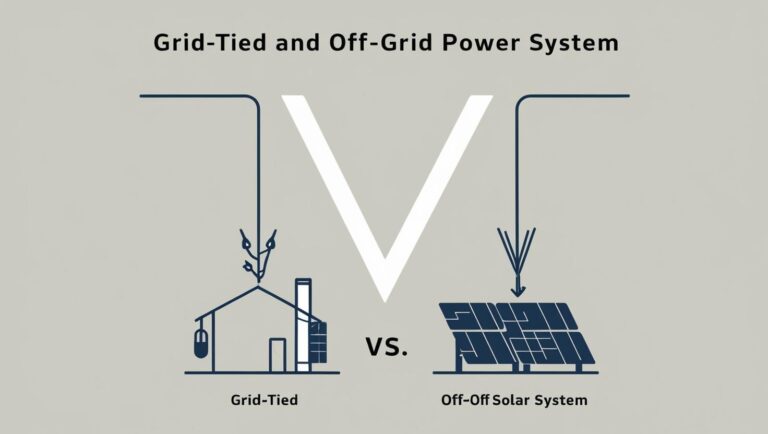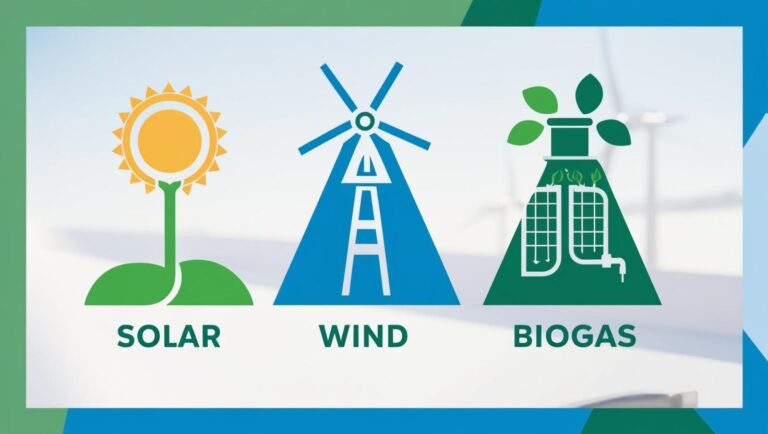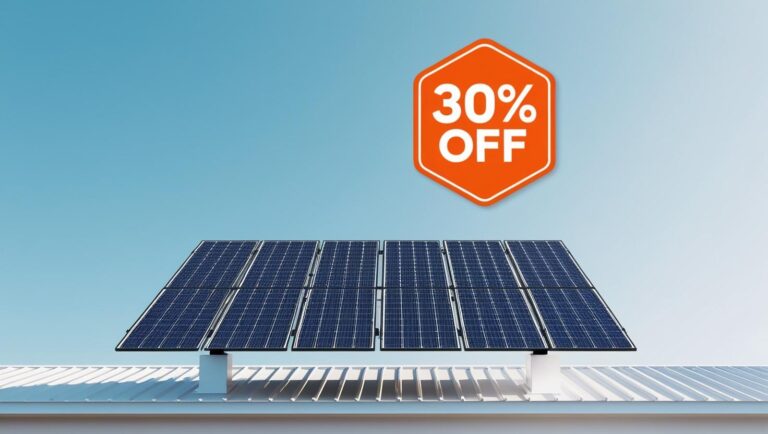Would You Trust Solar Power in an Emergency? (2024 Reliability Guide)
When Texas froze in 2021, homes with solar + batteries kept lights on—but not all systems are emergency-ready. Here’s how to avoid costly mistakes.
Part of our DIY Home Energy Series.
Key Takeaway:
Solar power can be reliable in emergencies, but only with proper battery storage and system design. Grid-tied systems without batteries will fail during outages.
Emergency Solar: Key Considerations
| Factor | Why It Matters |
|---|---|
| Battery Storage | Grid-tied solar shuts off during outages without batteries (anti-islanding protection) |
| Panel Durability | Look for UL 61730 certification for hail/wind resistance |
| Fuel Backup | Hybrid solar-generator systems provide redundancy |
Best Emergency Solar Setups
Budget Option ($1,500)
Jackery 2000 + 400W panels = 3 days of fridge/lights (2kWh capacity). View specs.
Whole-House Solution ($15K+)
Tesla Powerwall + 8kW solar = Week-long outage coverage (13.5kWh capacity).
Stealth Urban Hack
Balcony solar + EcoFlow Delta Pro (no permits needed in most areas).
Real-World Case Studies
Success Story:
“Florida family powered medical devices during Hurricane Ian using 10kW solar + 2 Powerwalls.” (Source: CNET)
Failure Warning:
“California homeowner’s undersized battery (5kWh) died after 12 hours—oversize by 30% for emergencies.”
Emergency Preparedness Checklist
Emergency Solar FAQs
Will solar panels work during a blackout?
Only if you have battery storage. Standard grid-tied systems automatically shut off during outages due to anti-islanding regulations. This safety feature prevents backfeeding power lines that utility workers might assume are dead. (Source: U.S. Department of Energy)
How long can solar power a home in winter?
3-5 days with proper sizing, assuming:
- Battery capacity: Minimum 10kWh for essential loads
- Panel tilt: Adjust to 45°+ to catch low winter sun
- Energy rationing: Prioritize fridge, comms, and medical devices
In northern states, expect 30-50% less production December-January. (See NREL solar maps)
What’s the most common emergency solar mistake?
Underestimating battery needs. Most homeowners:
- Calculate for sunny days only
- Forget to account for inverter inefficiency (10-15% loss)
- Don’t plan for medical equipment surge loads
Pro Tip: Size your battery for worst-case scenario (3 cloudy days + 20% buffer).
Ready to Build Your Emergency System?
Test your setup before disaster strikes. Download our free Solar Emergency Readiness Checklist:
Part of our DIY Home Energy Series
Ready to Build Your Emergency System?
Test your setup before disaster strikes. Download our free Solar Emergency Readiness Checklist:
⚡ Download Checklist NowPart of our DIY Home Energy Series




